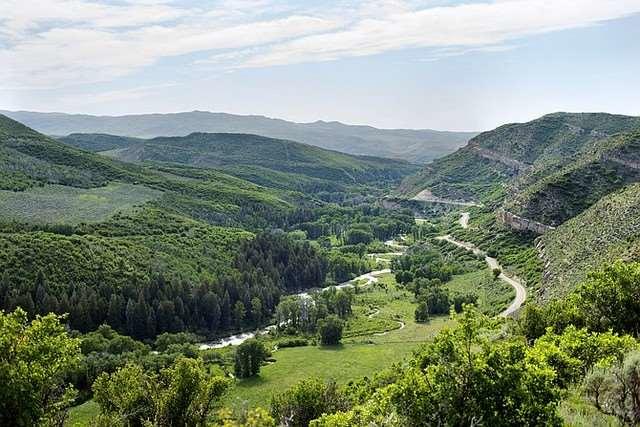Use of 1041 Regulations Case Study: Routt County
Case Study: Routt County
Population: 23,606 (U.S. Census Bureau, 2015)
Location: Northwest Colorado
1041 Designations:
- Site Selection/Construction of Major Facilities of a Public Utility
- Site Selection/Construction of Major New Domestic Water and Sewage Treatment Systems
- Major Extensions of Existing Domestic Water and Sewer Treatment Systems
- Efficient Utilization of Municipal/Industrial Water Projects
- Site Selection of Airports
Year of 1041 Adoption: 2007
Number of Permits Approved since 2007: 2-3

1041 Story
Routt County is a rural, mountainous county in Northwest Colorado. It is a tourist destination, attracting visitors from around Colorado and across the globe, contributing to the state’s tourism economy (Routt County, 2007). Around 50 percent of land in the County is U.S. Forest Service land and the County is home to “one of the last river basins in Colorado in which water is not fully appropriated or overappropriated” (Routt County, 2007, p. 2). Because of the desire to maintain their rural character, to protect or have a say in trans mountain diversion of water, to protect their natural amenities, and continue to be a tourist destination, the County was looking for a way to regulate development that would match those development pressures and priorities, especially water. The County wanted to ensure they could control the development of new water infrastructure because of anticipated demand for water from the Front Range and the Board of County Commissioners elected to adopt 1041s because of their ability to control developments from governmental entities, which other regulations do not allow them to do.
Developing and Implementing their 1041s
Planning staff, county attorneys, and the planning commission helped to draft the regulations. The Board of County Commissioners adopted the 1041s as a set of separate regulations under their Zoning & Subdivision Regulations.
Some Key Features of Routt County’s 1041s
Like other respondent counties, Routt County’s 1041s require documentation on compliance with regional water quality management plans, an environmental impact analysis, transportation impact analysis, and engineering studies, amongst other items (Routt County, 2007). Routt County also includes additional submittal requirements and approval criteria for all five designated activities. The County’s 1041s also explicitly invoke the right to deny a 1041 application if it is determined the application has or could fail to “comply with any one of the approval criteria” (Routt County, 2007, p. 24).
The County also has a three-tiered permit review process: Finding of No Significant Impact (FONSI), Level 1 permit review, and Level 2 permit review. If a FONSI determination is made by the Planning Director, a permit is not required for the project to move forward (Routt County, 2007). Level 2 permit review is triggered when “a significant adverse impact” of two or more approval criteria, or a “severe adverse impact” of one approval criteria is likely (Routt County, 2007, p. 14). Naturally, Level 1 permit review is triggered when the impacts are less substantial than Level 2, but more substantial than FONSI (Routt County, 2007).
Effectiveness of the 1041s for Regulating Development
Routt County wanted to protect its rural character and adopted 1041 designations that would help them meet that goal. Routt County’s 1041 Regulations explicitly connect the activities designated with real development pressures or potentials, connecting them clearly to the goals and objectives outlined in their master plan. The County has a special use permit process in place for most land use applications but they chose to add 1041s to strengthen their special use process and because of the expanded authority that could be exercised using 1041s that they do not get with other permitting processes.
Advice | Tips | Strategies for Adopting 1041s from Routt County
When developing 1041s, keep in mind that not all proposed projects will be large-scale or have major impacts. Create a FONSI review process to make sure smaller projects can be reviewed quickly and less expensively than the process for reviewing the bigger projects that require more regulation.
Takeaways
Routt County has made maintaining its rural character a priority. This included controlling the development of water pipelines and reservoirs that could negatively impact their landscape. The County also made a connection in their 1041s between the local contribution to the tourism economy of the state and the need to protect that economy. In so doing, the County makes the case that the public benefit of regulating these types of developments outweigh the private rights to develop without oversight.